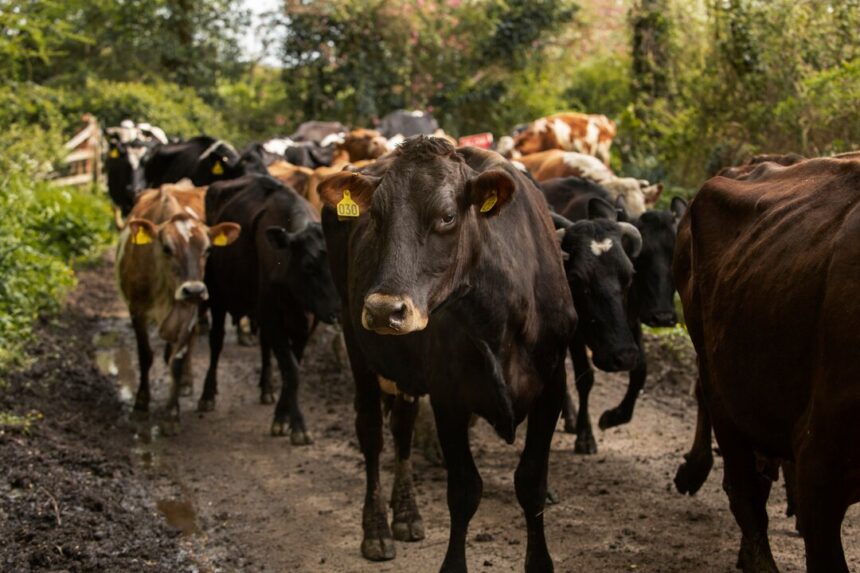Dexter cattle are a small, dual-purpose breed known for their compact size, gentle temperament, and efficient meat and milk production. Originating from Ireland, these pint-sized cattle have gained popularity worldwide, including in South Africa, where farmers are increasingly drawn to their versatility and suitability for small-scale farming operations. If you’re considering breeding and farming Dexter cattle in South Africa, here are 10 essential things you should know:
1. Compact Size
Dexter cattle are one of the smallest cattle breeds, making them well-suited for small farms and properties with limited space. Their diminutive stature also makes them easier to handle and manage compared to larger breeds.
2. Dual-Purpose Breed
Dexter cattle are valued for both meat and milk production, making them a versatile choice for farmers looking to diversify their operations. While their milk production is modest compared to larger dairy breeds, Dexters produce rich, creamy milk that is ideal for cheese and butter making.
3. Excellent Grazers
Dexter cattle are efficient grazers and thrive on a diet of pasture grasses. They are well-adapted to South Africa’s varied climates and landscapes and can be raised on both natural pasture and improved grazing systems.
4. Hardy and Resilient
Dexter cattle are known for their hardiness and resilience, making them well-suited for extensive grazing systems and outdoor management. They have excellent foraging abilities and can thrive in a range of environmental conditions.
5. Gentle Temperament
Dexter cattle are known for their docile and friendly temperament, making them ideal for small-scale farming operations and family farms. They are easy to handle and interact well with humans, making them suitable for first-time cattle owners.
6. Calving Ease
Dexter cows are renowned for their ease of calving, with relatively small birth weights and compact body size reducing the risk of calving difficulties. This makes them an attractive option for breeders looking to minimize labor and veterinary intervention during calving season.
7. High-Quality Meat
Despite their small size, Dexter cattle produce high-quality beef with excellent marbling and flavor. The meat is tender and flavorful, making it highly sought after by discerning consumers and gourmet chefs.
8. Genetic Diversity
Dexter cattle exhibit a wide range of coat colors and patterns, including black, red, dun, and brindle. This genetic diversity allows breeders to select animals that meet their specific breeding goals and preferences.
9. Conservation Status
While Dexter cattle are not currently listed as a threatened breed, their small population size and limited genetic diversity make them vulnerable to genetic bottlenecking and loss of unique traits. Responsible breeding and conservation efforts are essential to preserving the breed for future generations.
10. Supportive Community
Dexter cattle enthusiasts in South Africa are part of a vibrant and supportive community of breeders and enthusiasts. Local breed associations and online forums provide resources, support, and networking opportunities for Dexter cattle breeders and farmers across the country.
Breeding and farming Dexter cattle in South Africa offer numerous benefits, including their compact size, dual-purpose nature, gentle temperament, and high-quality meat and milk production. By understanding these 10 key aspects of Dexter cattle husbandry, aspiring breeders and farmers can successfully integrate these pint-sized cattle into their farming operations and contribute to the preservation and promotion of this unique breed in South Africa.
Join 'Farmers Mag' WhatsApp Channel
Get the latest Farming news and tips delivered straight to your WhatsApp
CLICK HERE TO JOIN






